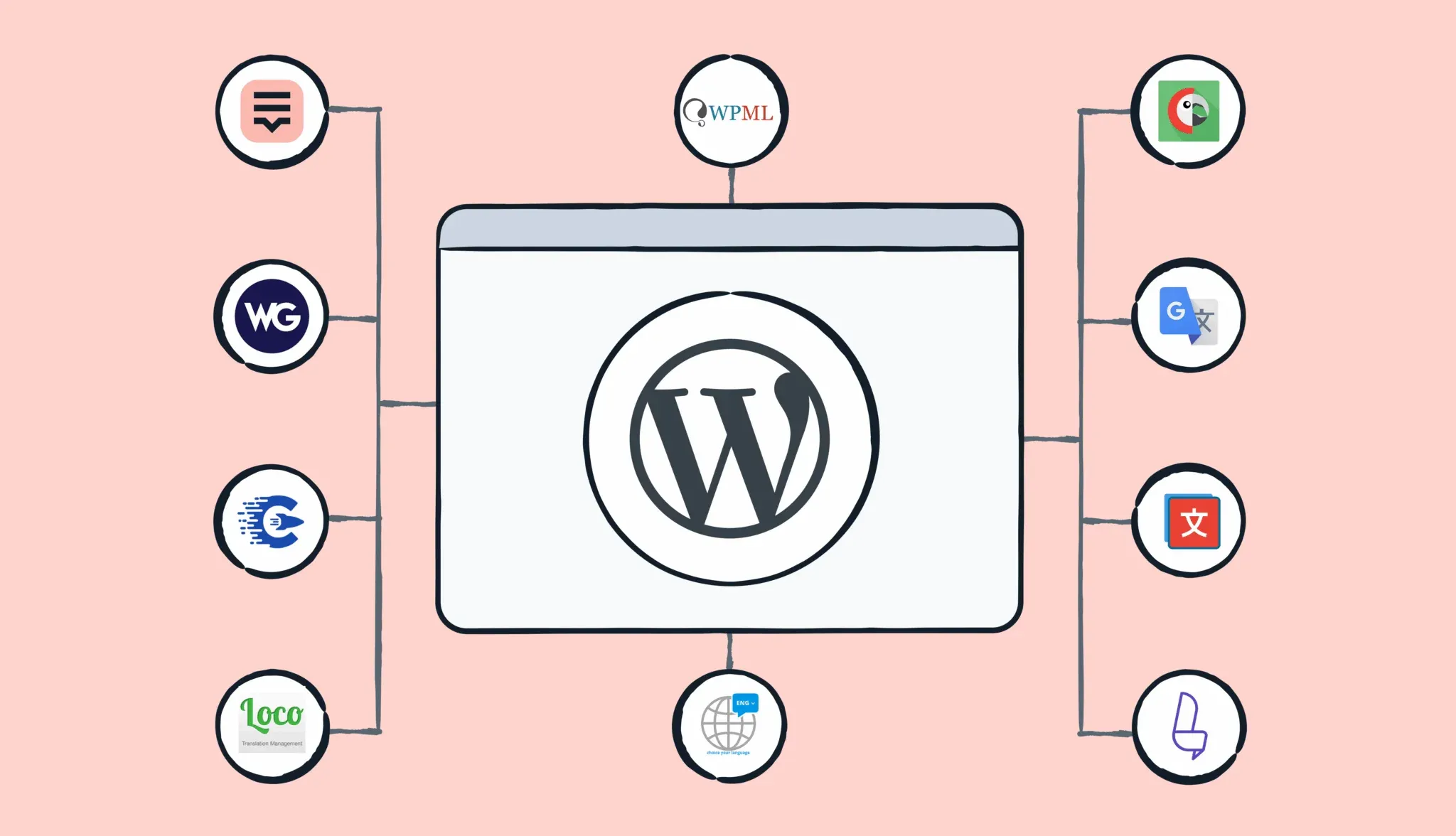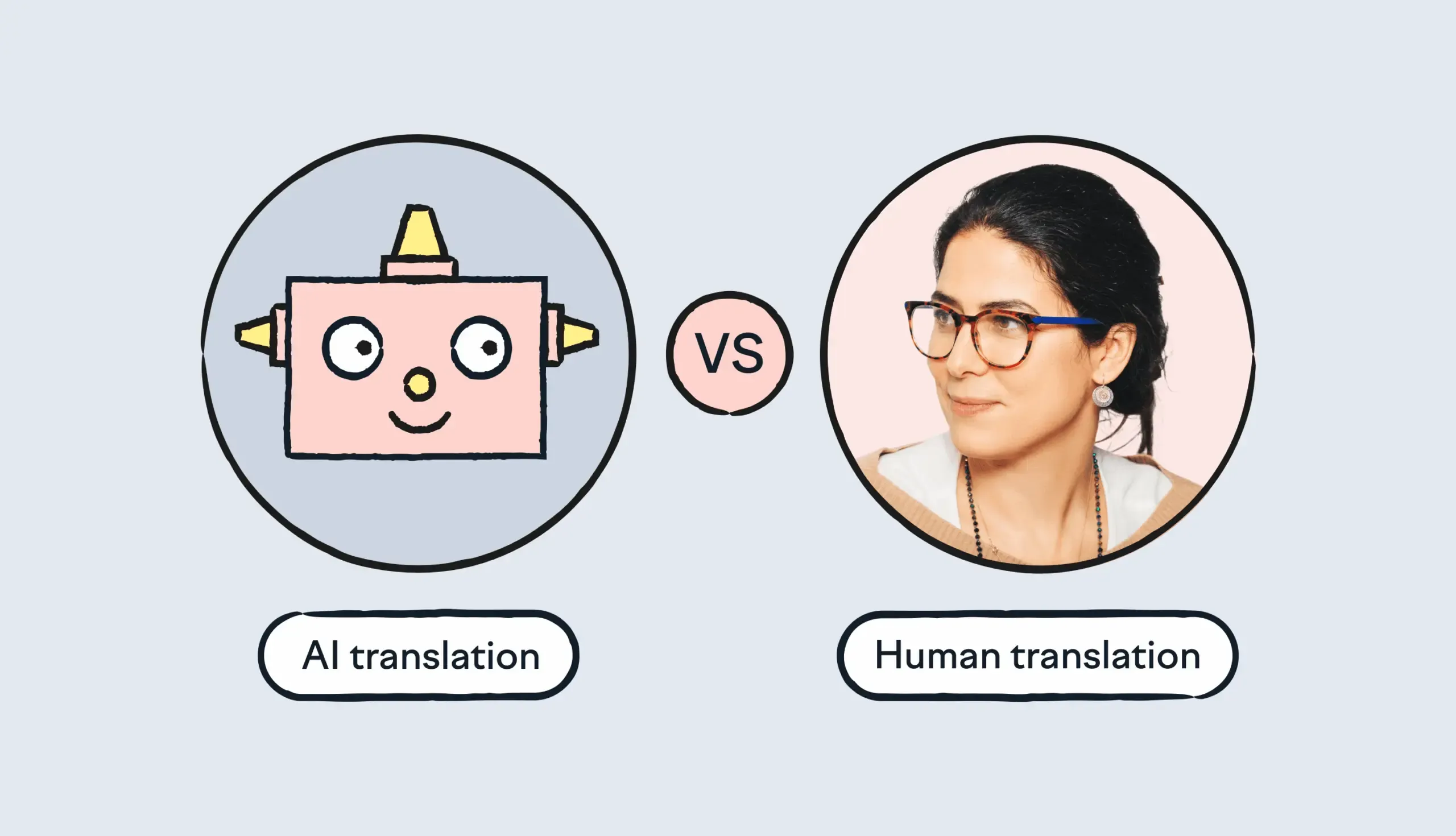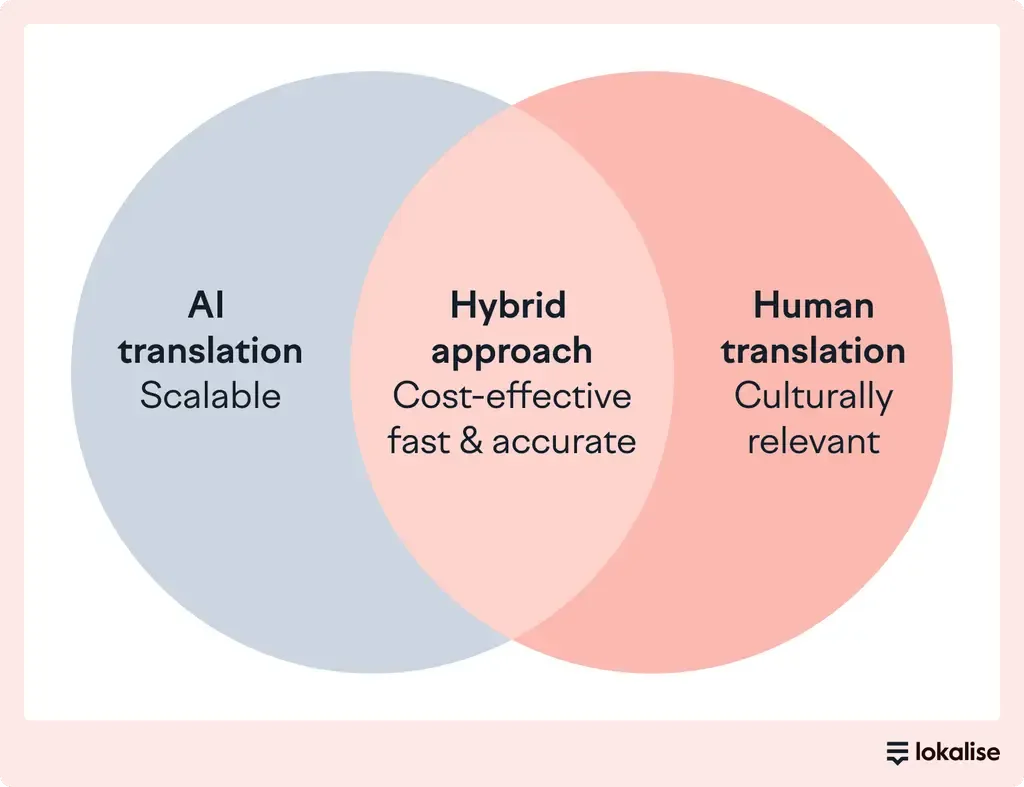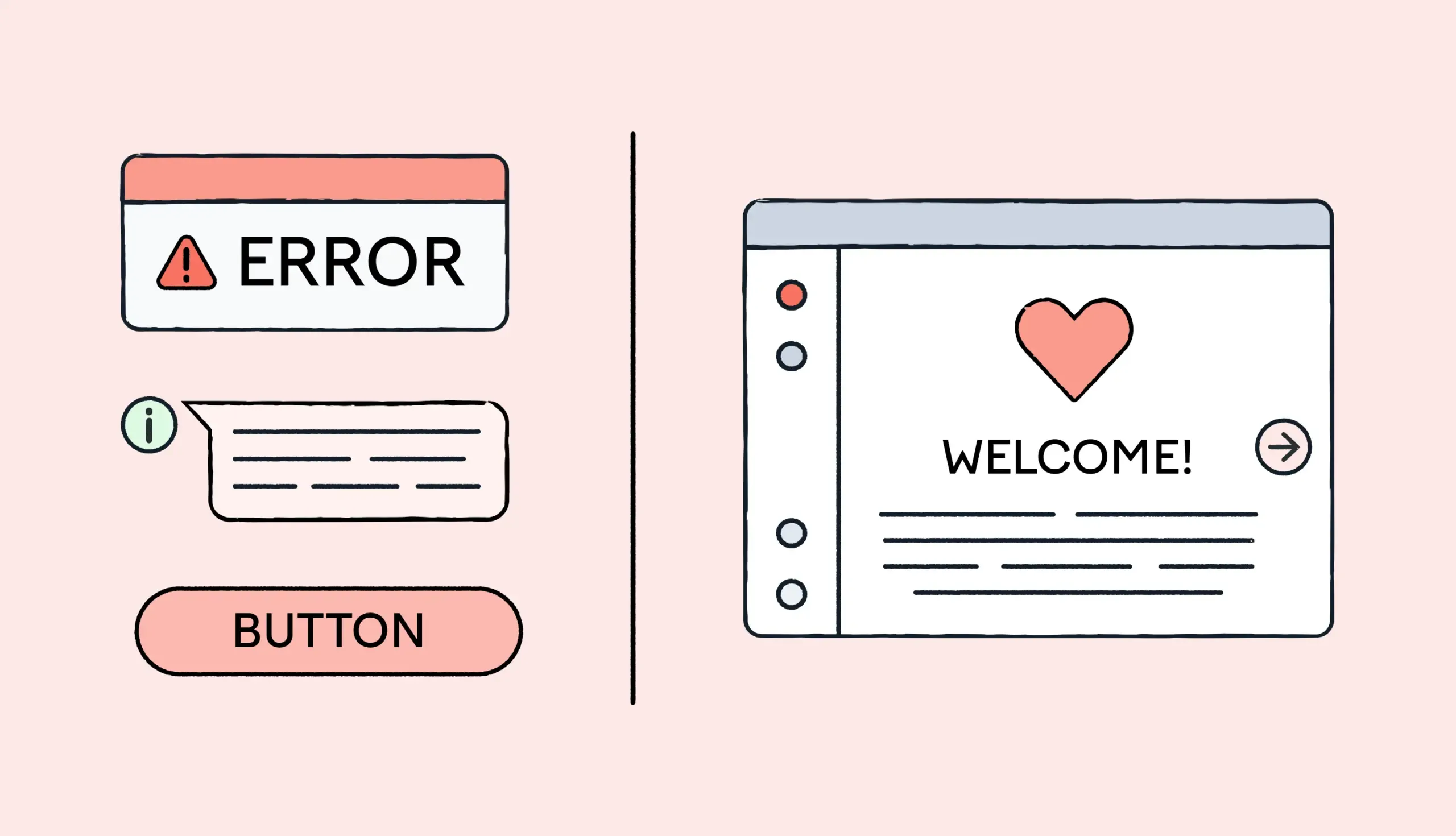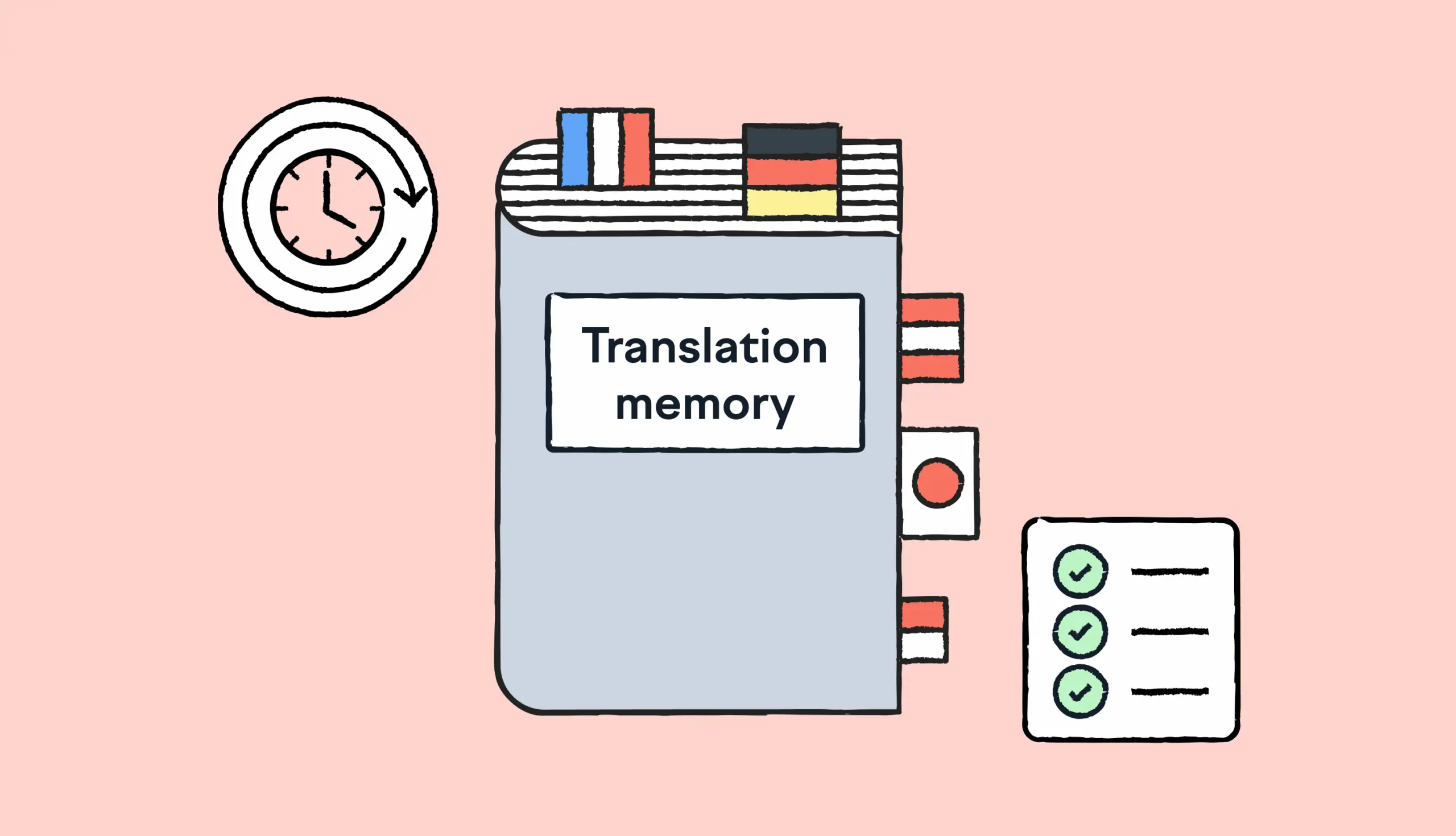Quality and accuracy comparison
When it comes to quality, the difference between AI and human translation can be significant, depending on the type of content and the context.
Looking at the technological advancements in translation, AI has come a long way. For straightforward content like product descriptions, help center articles, or UI strings, it can deliver surprisingly good results.
Using AI for translation
Modern AI tools can often hit 70-85% accuracy out of the box, especially when combined with translation memory and glossaries.
On the downside, AI still struggles with nuance, idioms, humor, and culturally sensitive language. It may mistranslate or miss context that’s obvious to a human.
Modern AI tools can often hit 80-90% accuracy out of the box, especially when combined with translation memory and glossaries. But you also need to know that they’re not “one big brain that guesses.”
The strongest platforms (like Lokalise) stack three layers to push quality into the percentage range we shared above:
- Model orchestration: The system picks the best engine for the job (legal, marketing, UI) instead of forcing every string through the same network
- Context & style matching: It injects your glossaries, style guide, and past translations before the model drafts a single word (voice and terminology stay locked)
- Built-in quality scoring: Each output is ranked against human-approved reference data (low-scorers loop back for a second pass or surface for review)
AI still needs human review for humor and culture-specific lines. But with orchestration, style guides, and quality checks, it hands over a draft that already sounds like your brand and is incredibly accurate.
Your reviewers become the ones giving the green light, not doing heavy post-editing.
Working with human translators
Human translators understand tone, intent, and subtext. This is why they’re typically better at making sure your message lands naturally. Translations are typically 95-100% accurate, which matters a lot for complex or high-context material.
However, working with professional translators is typically slower and more expensive. And while they are highly skilled, quality can vary depending on the translator’s experience.
In other words, just because you’re working with a human translator doesn’t mean the quality will be great.
